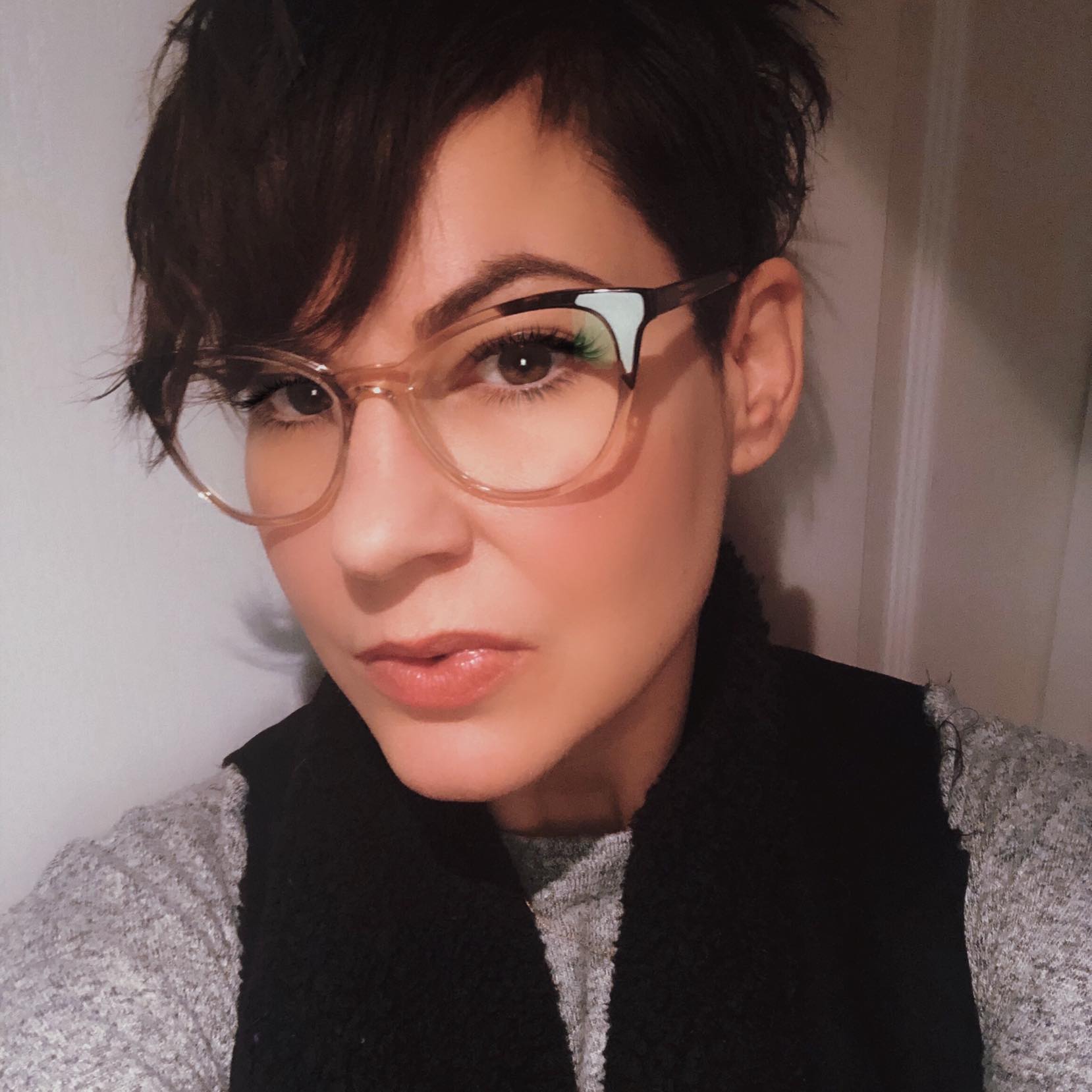Content Credibility - Anyone With A Broadband Connection & A Resource to Share?
- Julie Pabillar, BScN, MHS Student

- Jan 19, 2021
- 3 min read
Updated: Mar 31, 2021
Knowledge is powerful, but only if accurate. I am unsure how many times I have said this in my lifetime, but nothing frustrates me more than when someone shares incorrect information. As I stated in my previous blog, anyone with a broadband connection, a resource to share and much worse, a bias opinion, could damage their professional (and personal) reputation. Not to mention, shape other people's views that could cause potential health care implications with outcomes too late to revoke.
Nowadays, anyone can create a website and fill it with untruthful advice from "Dr. Google" or bias information found to fit the writer's own personal values and narratives. Mitchell Kapor had never stated something so real than when he quoted, "Getting information off the internet is like taking a drink from a fire hydrant" (n.d). In all realism, there is so much readily available information about everything. The World Health Organization (WHO) recently released an article that encouraged the reader to encompass a new terminology in their vocabulary. "Infodemiology" as "the study of that information and how to manage it" (WHO, n.d., para 5). This new term coincides with the pandemic of COVID-19 and the misinformation and disinformation widely circulating.
Infographic 1
Let's Flatten the Infodemic Curve

(WHO International, n.d.)
Working in public health, we need to make the best evidence-informed decisions for our organization's programming, strategies, and customer service delivery to enable equal access to vulnerable populations. It is necessary to use the most relevant and up to date, credible information to guide our planning, policies, processes, and evaluation decisions. As you can imagine, with the current pandemic, the direction has been ever-changing. I cannot imagine the damaging outcome of even more increased transmissions throughout our community without information based on the newest evidence to manage and respond to COVID-19.
Whether professional or personal interest, when reading any resource, I first look at the intended audience. I do this because articles meant for the general public and items written for health professionals can be vastly different! Useful information is not always publicly available, so digging a little deeper may provide you with more credible resources. Just as it is essential to consider the source (and their credentials/expertise), it's vital to have a critical eye when synthesizing and evaluating the information's quality, as even a poorly executed study can find its way into a reputable journal. To consider a resource, I tend to utilize the "tried, tested and true" tool of the CRAAP test, which was developed initially by the Meriam Library at California State University, whose acronym stands for currency, relevance, authority, accuracy, and purpose (Benedict University, 2021).
Video 1
Evaluating Resources
(Benedict University, 2021)
Once I find an excellent research paper or resource that fits all of the above criteria, I then save it for easy retrieval with citation details. The big question is where? Gone are the days where I would print every page and sit amongst a mountain of paper, highlighter in hand to store into a binder. I have chosen the Zotero Reference Program to ease this process by organizing citations from the articles I have selected with a critical eye and sharing accurate, credible and reliable information.
References
Benedict University (2021). The CRAAP Test – Evaluating Sources [Video]. Research Guide at Benedictine Library. Retrieved January 19, 2021, from https://researchguides.ben.edu/source-evaluation
Kapor, Mitch (n.d.). Getting information off the internet is like taking a drink from a fire hydrant. Retrieved January 19, 2021, from http://brainyquotes.com/authors/mitch-kapor-quotes
WHO International (n.d.). Let's Flatten the Infodemic Curve [Infographic]. Retrieved January 19, 2021, from https://www.who.int/news-room/spotlight/let-s-flatten-the-infodemic-curve



Comments